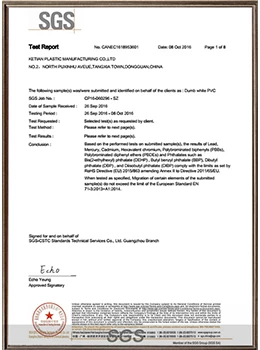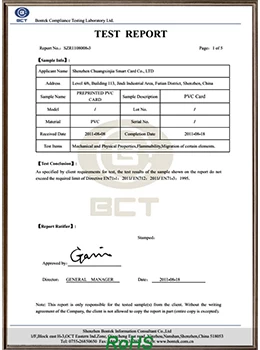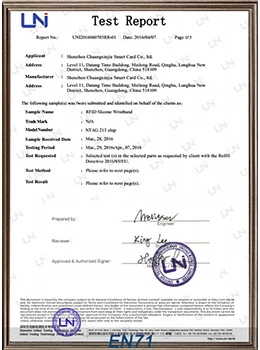Want to inject your pet with RFID animal microchip tags?
Recently, Japan introduced regulations: From June 2022, pet stores must install microelectronic chips for pets sold. Previously, Japan required imported cats and dogs to be microchipped. As early as October last year, Shenzhen, China implemented the "Shenzhen Dog Electronic Tag Implantation Management Regulations (Trial)", and all dogs without RFID animal tags will be regarded as unlicensed dogs. By the end of last year, Shenzhen had achieved full coverage of dog chip management.
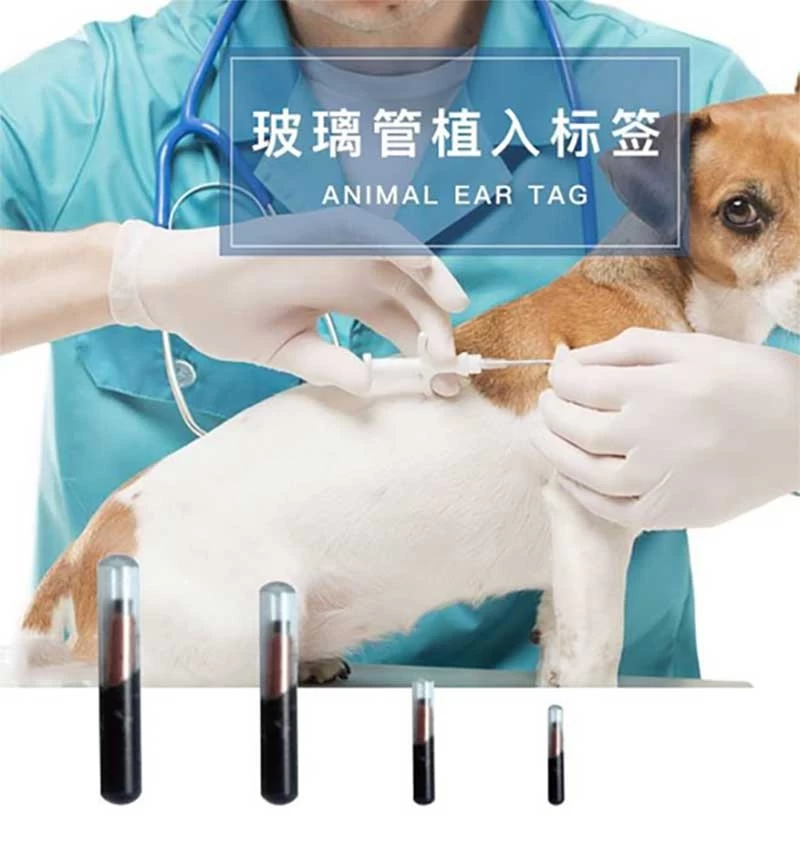
Application history and current situation of RFID pet tag chip
In fact, it is not uncommon for microchips to be used in animals. Animal husbandry uses them to record animal information. Zoologists implant microchips in wild animals such as fish and birds for scientific research, and in pets. It can prevent pets from getting lost.
At present, the use of RFID pet microchips in various countries in the world is different: France stipulated in 1999 that dogs over four months old must be injected with microchips. In 2019, the use of microchips is also mandatory for cats; New Zealand requires pet dogs in 2006 Microchipping; the United Kingdom required all dogs to be microchipped in April 2016; Chile implemented a pet ownership liability law in 2019, and nearly one million pet cats and dogs have been microchipped.
Rice-sized RFID technology
Pet chips are not the angular flakes that most people imagine (Figure 1), but a cylindrical shape similar to long-grain rice, which can be as small as 2 mm in diameter and 10 mm in length (Figure 2). . This small "grain of rice" chip is a tag using RFID (Radio Frequency Identification Technology), which can read the information inside through a specific "reader" (Figure 3).
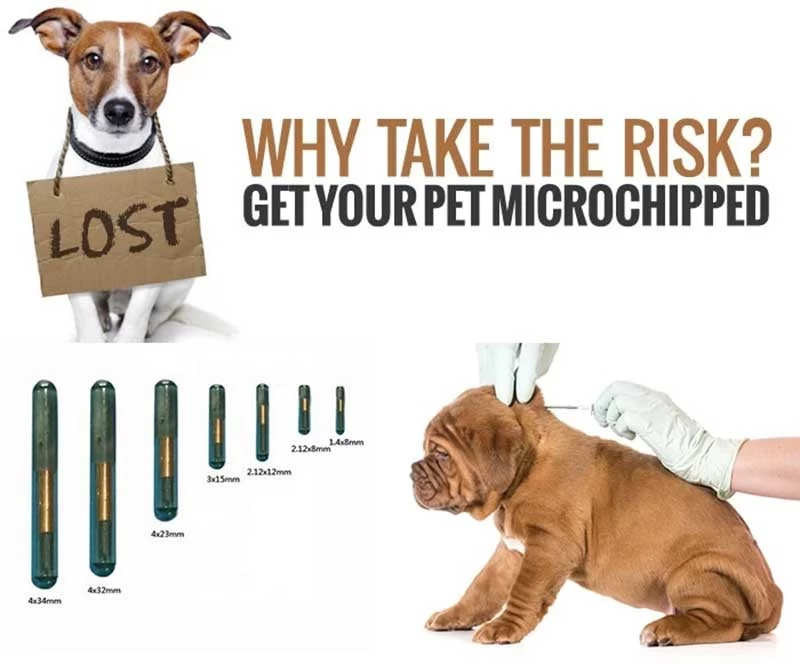
Specifically, when the RFID pet tag chip is implanted, the ID code contained in it and the identity information of the breeder will be bound and stored in the database of the pet hospital or rescue organization. When the reader is used to sense the pet carrying the chip , the reader will receive an ID code and enter the code into the database to know the corresponding owner.
Implanting RFID Microchips in Pets Is Not Painful or Expensive?
The pet microchip implantation method is subcutaneous injection, usually above the back of the neck, where the pain nerve is not developed, no anesthesia is required, and cats and dogs are not very painful. In reality, most pet owners will choose to sterilize their pets. When the pet is injected with a chip, the pet will not have any feeling of the needle.
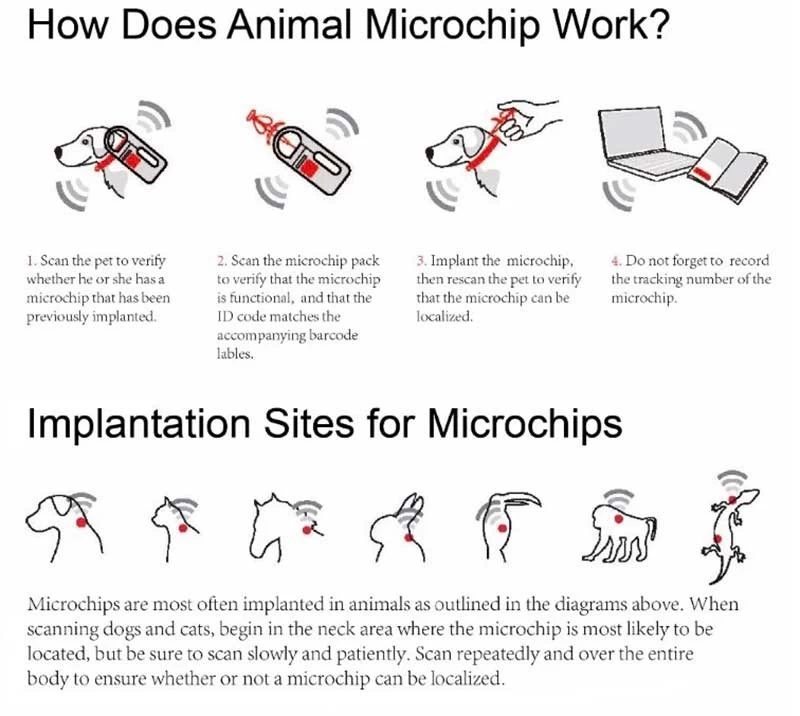
In the process of RFID pet chip implantation, although the needle of the syringe is large, it is siliconized, which is the relevant specification for medical and health products and laboratory products, which can reduce resistance and make injection easier. In reality, the side effects of microchipping pets may be transient bleeding and hair loss.
At present, the domestic RFID pet microchip implantation cost is basically within 200 yuan. The service life is as long as 20 years, that is to say, under normal circumstances, a pet only needs to be implanted once in a lifetime.
In addition, the RFID pet microchip does not have a positioning function, but only plays the role of recording information, which can increase the probability of recovering cats and dogs after they are lost. If a positioning function is required, a GPS collar can be considered. But whether you're walking a cat or a dog, the leash is the lifeline.
If you need to buy RFID pet tags, please contact us: Email: info@nfctagfactory.com


